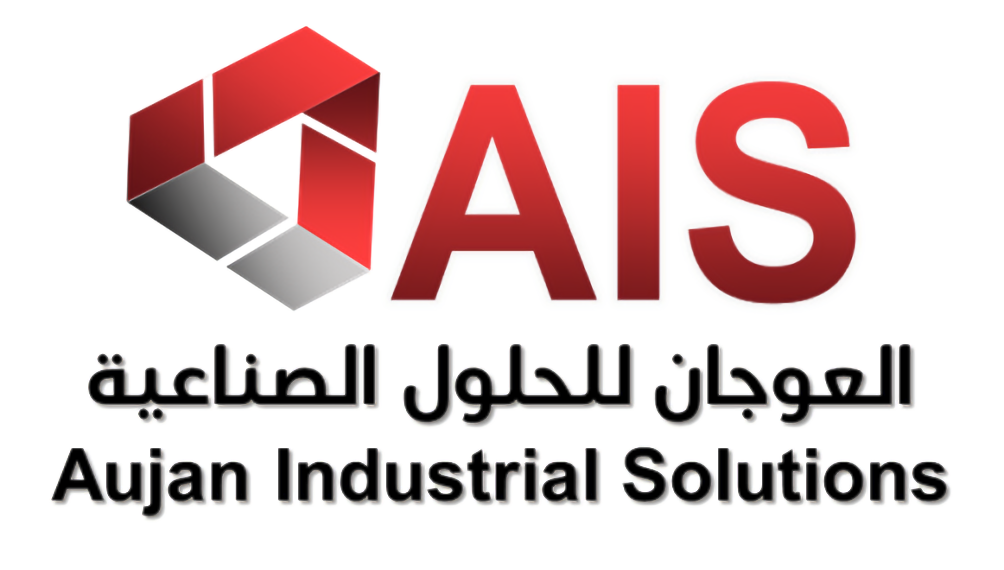Ten Ways to Keep Your Offshore Oil Rig Injury and Fatality Free !
10 Ways to Keep Your Offshore Oil Rig Injury and Fatality Free
Working on an offshore oil rig is a hazardous job even under the best conditions. That’s why smart companies put such a strong emphasis on safety
Still, whether it’s the result of exposure to hazardous chemicals, falls, wellsite fires, explosions or contact with equipment, oil rig injuries and fatalities continue to occur.
Here are ten ways to prevent them.
1. Instil a Safety-first Mindset
Ensuring workplace safety, particularly on oil rigs, must be a top priority that embodies the mindset, attitude and behaviour of workers, supervisors and managers alike.
As such, it’s in your best interest to consistently remind everyone on the rig — both employees and subcontractors — of the importance of maintaining a safe work environment, which includes following all safety rules and regulations and keeping alert to possible hazards. It’s also important to maintain awareness of the locations of all equipment needed in the event of an emergency, like fire fighting equipment.
Leadership who “walks the talk” is always helpful in setting a standard for safety. If management commits to safety, workers will follow suit. Workers won’t buy-in, however, if they don’t see policies and procedures being followed by their superiors.
2. Require Orientation
All new and transferred rig workers should undergo a mandatory orientation, before being allowed on the rig floor. Such orientation helps employees and contractors become familiar with company and rig operational policies, expectations and worksite rules, thus producing a safer work environment.
3. Train Workers Consistently
Following orientation comes training, and that’s not a one-time event but an ongoing proposition. It includes instruction on the machinery and equipment in use as well as on safety procedures. Providing consistent training for employees demonstrates your commitment to safety and is yet another way to instil a safety-first mindset.
4. Wear Required Personal Protective Equipment
All sites require mandatory personal protective equipment (PPE), including safety glasses, hard hats, gloves, steel-toed boots, respirators and fire resistant clothing. That doesn’t mean, however, that all rig workers wear them.
A good rule of thumb: If you do not wear the right PPE, you are not allowed on site.
Quality protective gear is essential to avoiding injury. It’s better to wear the equipment and not need it than not to wear it and wish you had.
5. Implement a Positive Reporting Process
Building a safety-first culture is easier when employees feel the freedom to report concerns and believe management will take them seriously. Instead of responding negatively (or even acting punitively) to employees who report potential hazards, reward them for their efforts.
The reporting process should also include the right to stop work when a possible safety hazard is detected. While it’s not popular to stop the job, a safety-first mindset means that protecting someone from a potentially life-threatening situation trumps production every time.
6. Build a Community of Trust and Respect
Safety training should always involve a human element. That means facilitating ways for workers to get to know one another. Doing so will build a sense of camaraderie, trust and mutual respect. As workers form personal relationships, it stands to reason they will look out for each other’s best interest and be more willing to ask for help, obey rules and seek advice in making decisions — all of which leads to overall safety enhancement.
7. Communicate Safety Regularly
Holding weekly or monthly safety talks is an excellent way to instill a safety mindset among workers. Rather than just lecture, however, use interactive small group discussions to involve everyone, and allow time for questions. Other ways to communicate safety is to make safety policies available online and on paper and use your intranet to share best practices, updates and news.
8. Educate Subcontractors
Safety must be the chief concern of everyone on the rig, and that include subcontractors. Select only those whose safety record exemplifies that priority and refuse to bring anyone on the rig which doesn’t. Take them through the same orientation and training that you would expect from your employees.
9. Conduct Routine Housekeeping
Keep floors, pathways and work areas clear of unnecessary items to prevent trips, falls and struck-by hazards. Also, clean up drilling fluids that may collect on the rig floor during pipe handling operations, and display signage that directs workers to emergency and safety equipment, to combat hazards quickly.
10. Keep Machinery Well-maintained
Conduct regular maintenance checks of machinery to prevent premature failure, which could present potential hazards, and then repair or replace damaged or inoperable parts and equipment quickly.
Putting workers at risk due to a worn out part that could break at any moment is irresponsible and unnecessary. Maintain the integrity of the equipment, and you ensure a safer work environment.
Ensure that all equipment is compliant with industry standards (like API, ABS, or DNV), and maintained to meet any requirements.
Conclusion
Every industry has some risk involved but none more than the oil and gas industry. Taking safety seriously, particularly on oil rigs often located hundreds of miles offshore, is no small matter, especially considering the potential dangers of offshore fires and hazardous chemicals.
Don’t wait for an injury or fatality to occur before you take action to prevent accidents and fires; be proactive instead. Implement these ten guidelines and make “safety first, job second” a rallying cry that all your employees and subcontractors will gladly echo.
AIS - Safety & Reliability with Confidence..
www.aujan.solutions

